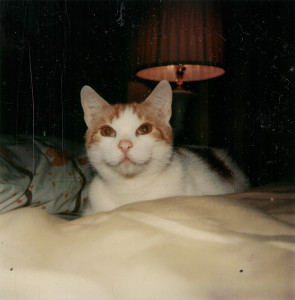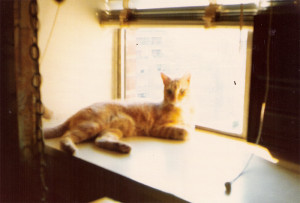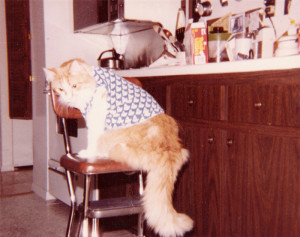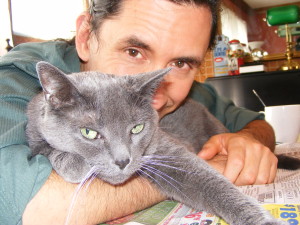In the category of problematic faves, murder ballads shine an ambiguous light on intimate partner violence. The best songs honestly mirror this reality more than they glorify it, but the artist can never control how the listener receives the message. Is Johnny Cash repentant or bragging in “Delia’s Gone”? What is the nature of my enjoyment of the stone-cold amorality of Lyle Lovett’s “Lights of L.A. County”? I can participate in the man’s revenge fantasy, and somehow at the same time feel relief, from a female perspective, that the artist has acknowledged the constant danger under which we live. The song does not force me to choose.
Modern country-western divas have started talking back to the genre by writing murder ballads about battered women’s revenge. The Dixie Chicks’ “Goodbye Earl” and Martina McBride’s “Independence Day” are the comedy and tragedy masks hanging over this theater. However, flipping the gender of songs like “Banks of the Ohio” is an individual solution to a collective problem. Male-on-female murder ballads take place in the context of men’s violent entitlement to women’s bodies and attention. It’ll take more than a girl with a gun to even things out.
This week at the entertainment website A Beautiful Perspective, Noah Berlatsky, one of my favorite pop-culture columnists, profiled singer-songwriter Alynda Segarra of Hurray for the Riff Raff. Her innovative songs draw on on her Puerto Rican roots and the populist political tradition of folk music. In 2014’s “The Body Electric”, Segarra responds directly to “Delia” and “Banks of the Ohio”, not with a revenge fantasy of her own, but with a new narrative of female solidarity and survival. The gorgeous video shows a woman of color resurrected from the drowning river like Botticelli’s Venus, and a time-reversed sequence of a shower of bullets being gathered up and transformed into a baby in her arms.





